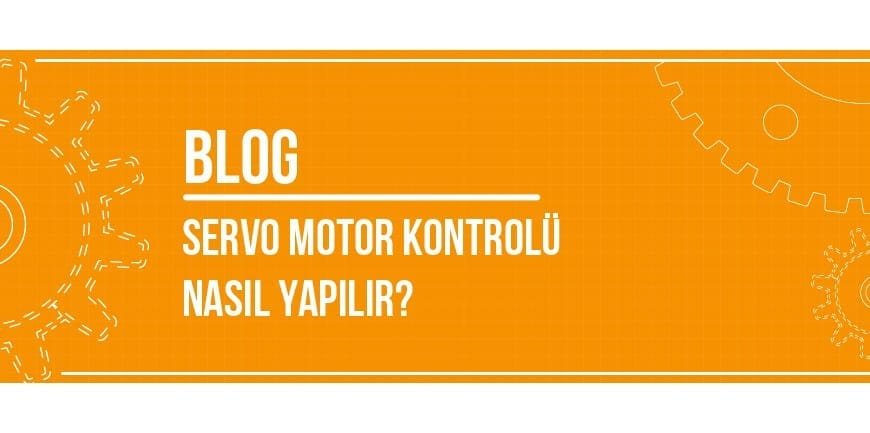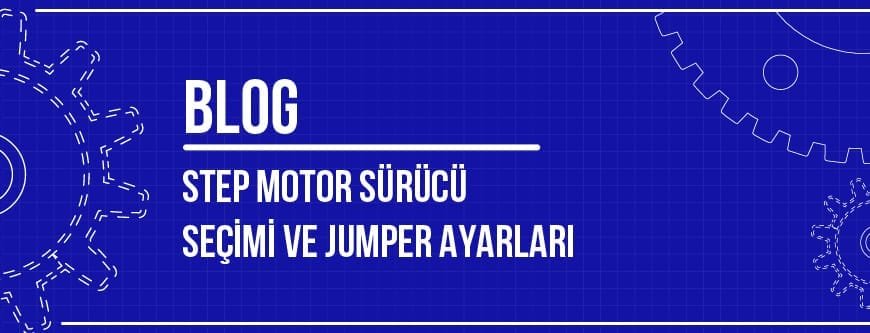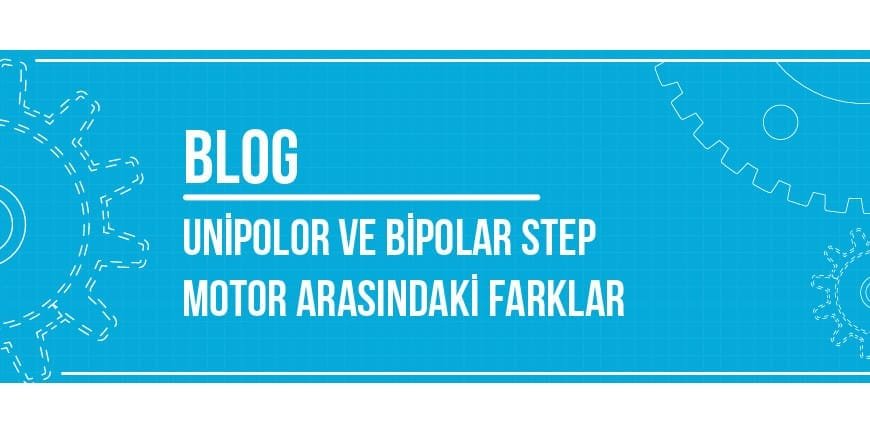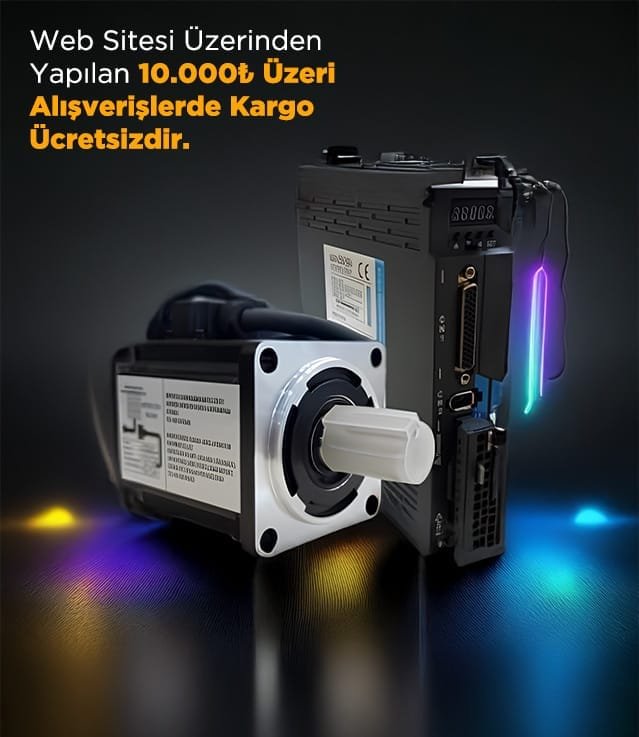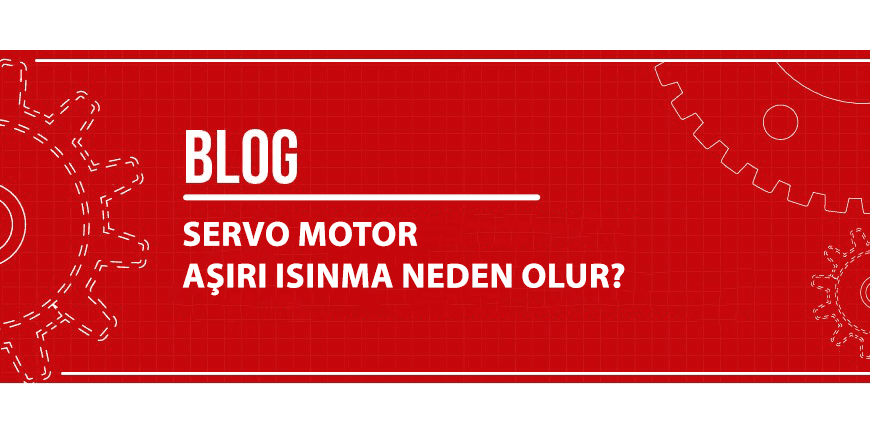
İçindekiler
What Causes Servo Motors to Overheat?
Overheating of servo motors is a common problem in industrial systems and must be addressed with the right solutions. These overheating issues can typically be caused by various factors, such as the motor operating under excessive load, incorrect configurations, poor cooling, or lack of maintenance. It is important to quickly identify and resolve these factors for both business processes and efficiency. If you are experiencing overheating issues with your servo motors and are unsure how to resolve them, you can review our content titled “Why Do Servo Motors Overheat? Causes and Prevention Methods.” This will help you analyze the overheating issues in your servo motor and find the right solution.
Why Do Servo Motors Overheat?
Servo motors, which offer significant advantages in work processes, can experience heating problems in some cases. This problem can often greatly affect the operating principles of servo motors. There are many reasons for this situation. However, these reasons can significantly affect work processes. By operating servo motors carefully, you can eliminate these potential overheating issues. This way, you can gain significant advantages in your business processes.
Reasons for Sevo Motor Overheating?
Servo motors are powerful electromechanical components used to provide precise control and high performance. These electromagnetic components can sometimes encounter overheating issues. We can examine these overheating issues in four different categories. The first is mechanical friction causes, the second is overload problems, the third is electrical issues, and the last is problems caused by the cooling system. If we examine these issues closely;
1. Mechanical Friction
Mechanical friction in servo motors is an important factor affecting system performance. This factor can create resistance that hinders or slows down the motor’s movement. This can cause problems in applications that require precise control. These mechanical issues can be divided into two categories. The first is bearing failures, and the second is alignment issues. If we examine these problems in detail;
- Bed Faults
One of the most common causes of servo motor overheating is bearing failure due to mechanical friction. This cause reduces friction in the bearing systems between the motor’s moving parts, ensuring stable movement and efficient operation of the motor. However, if these bearings wear unevenly, become contaminated, or are insufficiently lubricated, mechanical friction increases, leading to overheating problems.
- Alignment Issues
A common cause of servo motors overheating is alignment problems caused by mechanical friction. Improper alignment of the moving parts inside the motor or geometric mismatches caused by wear can increase friction and trigger overheating problems. Therefore, in addition to adopting regular maintenance and proper installation processes, the use of high-quality materials and precise manufacturing methods also minimizes alignment problems, contributing to more reliable and efficient motor operation.
2. Overload
One of the main causes of servo motor overheating is overload, which forces the servo motor beyond its normal operating limits. As a result, it consumes more energy than expected in an attempt to produce more torque. This causes the coils, bearings, and other internal parts of the motor to overheat. This overload issue can be categorized into three distinct categories. These include high torque, extended operating hours, and high power supply. To examine these issues in detail:
- High Torque
Another common cause of servo motor overheating is operating under excessive load. The main reason for this is that when a servo motor is under excessive load, it begins to push its limits and attempts to produce more torque than expected. As a result, this leads to increased mechanical friction and, consequently, overheating issues. To prevent this situation, a motor with a torque capacity suitable for the application in which the servo motor is used should be selected, and the system should be regularly maintained, with durable materials used for high-torque operations.
- Long Working Hours
The prolonged operation of servo motors under excessive loads is a critical factor that often leads to motor overheating and performance degradation. These situations arise because the motor exceeds its design limits and is exposed to tasks that require high performance for longer periods than normal operating conditions. To prevent this situation, appropriate cooling measures should be taken, regular maintenance routines should be implemented, and, when necessary, a design suitable for the motor’s capacity should be selected.
- High Power Supply
High power supply problems, which are a common cause of servo motors overheating under excessive loads, occur when servo motors, which require a specific power supply voltage and current, exceed normal voltage and current parameters. To prevent these problems from occurring, the power supply must meet certain technical requirements and be checked regularly.
3. Electrical Problems
Another cause of servo motor overheating is problems arising from electrical issues. These problems may originate from components that regulate the electrical current inside the motor or from electrical connections. As a result, the motor exceeds its normal operating limits and consumes excessive energy. We can examine this issue in two categories. The first is excessive current, and the second is voltage fluctuations. If we examine these issues closely;
- Overcurrent
One of the main causes of servo motor overheating is excessive current problems caused by electrical issues. Excessive current is usually caused by irregularities in electrical circuits, short circuits, or incorrect configurations. This situation can cause the motor to overheat and lead to overheating problems. To avoid such issues and prevent servo motors from overheating, regular maintenance should be performed on electrical circuits, cable connections should be checked, and safety measures should be implemented. This ensures that servo motors can operate properly.
- Voltage Fluctuations
Another significant cause of servo motor overheating is voltage fluctuations caused by electrical problems. Voltage fluctuations are usually caused by irregularities in the power source, sudden changes in load, or other electrical problems within the system. These fluctuations prevent the servo motor from operating stably at a specific voltage and frequency, leading to overheating problems. To prevent these issues, the power source should be regularly checked and corrected, and equipment that improves power quality, such as regulators and filters, should be used.
4. Cooling System Problems
Another issue that causes servo motors to overheat is problems with the cooling system. These issues generally arise due to the motor operating under excessive load, irregular coolant flow, or malfunctioning cooling fans. There are two main causes of this problem: blocked fans and obstructions to airflow. Let’s take a closer look at these issues.
- Blocked Fans
Another important cause of servo motor overheating is blocked fan problems caused by issues with the cooling system. The fans inside the motors regulate the motor temperature to ensure optimal operating conditions. However, these fans may experience contamination, wear, or exposure to external factors over time. As a result, they may become blocked. To prevent blocked fan problems and prevent servo motors from overheating, regular maintenance should be performed. For this purpose, fans should be cleaned of dust, wear should be checked, and fans should be replaced when necessary.
- Airflow Obstructions
One of the factors that play an important role in the overheating of servo motors is the problem of airflow obstructions in cooling systems. This problem restricts the airflow inside the motor, increasing the heat accumulated inside the motor. Airflow obstructions usually occur as a result of dust, dirt, oil, or other foreign objects clogging the cooling channels. These obstructions hinder the effective operation of the cooling system and can cause overheating issues by increasing the motor’s temperature. Additionally, such obstructions can reduce the performance of fans and cooling channels, thereby preventing the motor from cooling efficiently. To prevent this situation, cooling systems should be cleaned periodically, cooling channels should be inspected, and air intake and exhaust areas should be kept clear. Additionally, using filters suitable for the engine’s operating environment is an effective measure to regulate airflow and prevent obstructions.
So, what precautions should be taken to prevent servo motors from overheating?
Certain measures must be taken to avoid the problems mentioned above. These measures prevent the servo motor from overheating. This allows servo motors to operate healthily without overheating or damage. Here are some solutions to prevent servo motors from overheating.
- Regular Maintenance and Cleaning: Regular maintenance of the motor should include checking the fans, cooling channels, and the overall system. Regular cleaning should be performed to prevent the accumulation of dust, dirt, or other obstructing materials.
- Fan Performance Control: Fans should be checked regularly and their operating conditions monitored. This is because blocked or low-performance fans can cause overheating. Fans should be replaced if necessary.
- Cooling System Efficiency: The cooling system should be checked regularly and maintained when necessary. Removing elements that may obstruct air flow will increase the efficiency of the system.
- Review of Operating Conditions: The operating conditions of the motor must not exceed its design capacity. The suitability of the motor for the environment and application in which it is used must be reviewed.
- Load and Torque Settings: The load and torque settings of the servo motor must be appropriate for the application requirements. Avoid operating under excessive load.
- Correct Power Supply: An appropriate power supply must be selected for the servo motor, and irregularities in the power supply must be kept under control.
- Use of Heat-Resistant Materials: The materials used in the construction of the motor must be resistant to high temperatures. High-quality, durable materials increase the motor’s resistance to overheating problems.
- Adjusting Control System Parameters: The control system parameters of the servo motor should be reviewed regularly for optimum performance and energy efficiency.
You have superior quality servo motorsYou can enjoy the benefits of Şahin Rulman. This allows you to maximize efficiency in your business processes.
Diğer Blog Yazılarımız



